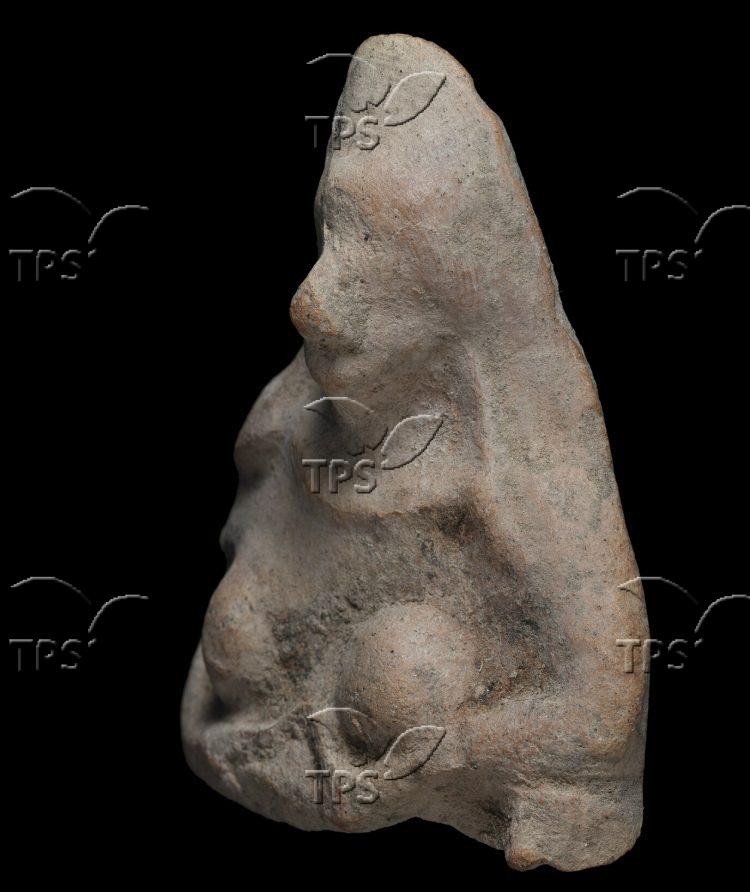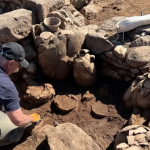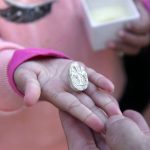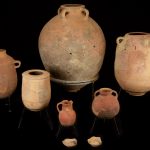Israeli Boy on Hike Chances Upon Rare Biblical-Era Figurine
Jerusalem, 9 March, 2021 (TPS-IL) -- A few weeks ago, 11-year-old Zvi Ben-David from Be’er Sheva was on a family trip to Nahal HaBesor in the south when he saw an unusual object. Picking it up, he saw it was a pottery figurine of a woman. His mother, Miriam Ben-David, a professional tour guide, realized it was an important archeological find and contacted the Israel Antiquities Authority (IAA).
The figurine, depicting a bare-breasted woman wearing a scarf, is an amulet that was believed to protect children or increase fertility. Only one similar sample, also from the northern Negev, is preserved in Israel’s National Treasures collection.
Oren Shmueli, district archaeologist for the IAA in the western Negev, and Debbie Ben Ami, curator of the Iron Age and Persian periods in the IAA, said the rare figurine was probably used in the sixth–fifth centuries BCE, at the end of the Iron Age or in the Persian period, the late First Temple period, or the return to Zion, some 2,500 years ago.
The figurine, 7 cm high and 6 cm wide, was made in a mold. It shows a woman with a scarf covering her head and neck, schematic facial features and a prominent nose. The woman is bare-breasted and her hands are folded under her chest.
Shmueli and Ben-Ami explained that the “pottery figurines of bare-breasted women are known from various periods in Israel, including the First Temple era. They were common in the home and in everyday life, like the hamsa [palm-shaped amulet] today, and apparently served as amulets to ensure protection, good luck and prosperity.”
“We must bear in mind that in antiquity, medical understanding was rudimentary. Infant mortality was very high and about a third of those born did not survive. There was little understanding of hygiene, and fertility treatment was naturally non-existent. In the absence of advanced medicine, amulets provided hope and an important way of appealing for aid,” they said.
The figurine was delivered to the National Treasures collection and is being studied by Shmueli and Ben-Ami, in collaboration with Raz Kletter from the University of Helsinki in Finland.
The archaeologists said that “the exemplary citizenship of young Zvi Ben-David will enable us to improve our understanding of cultic practices in biblical times, and man’s inherent need for material human personifications.”
Zvi was awarded a certificate of appreciation for good citizenship by the Israel Antiquities Authority.







